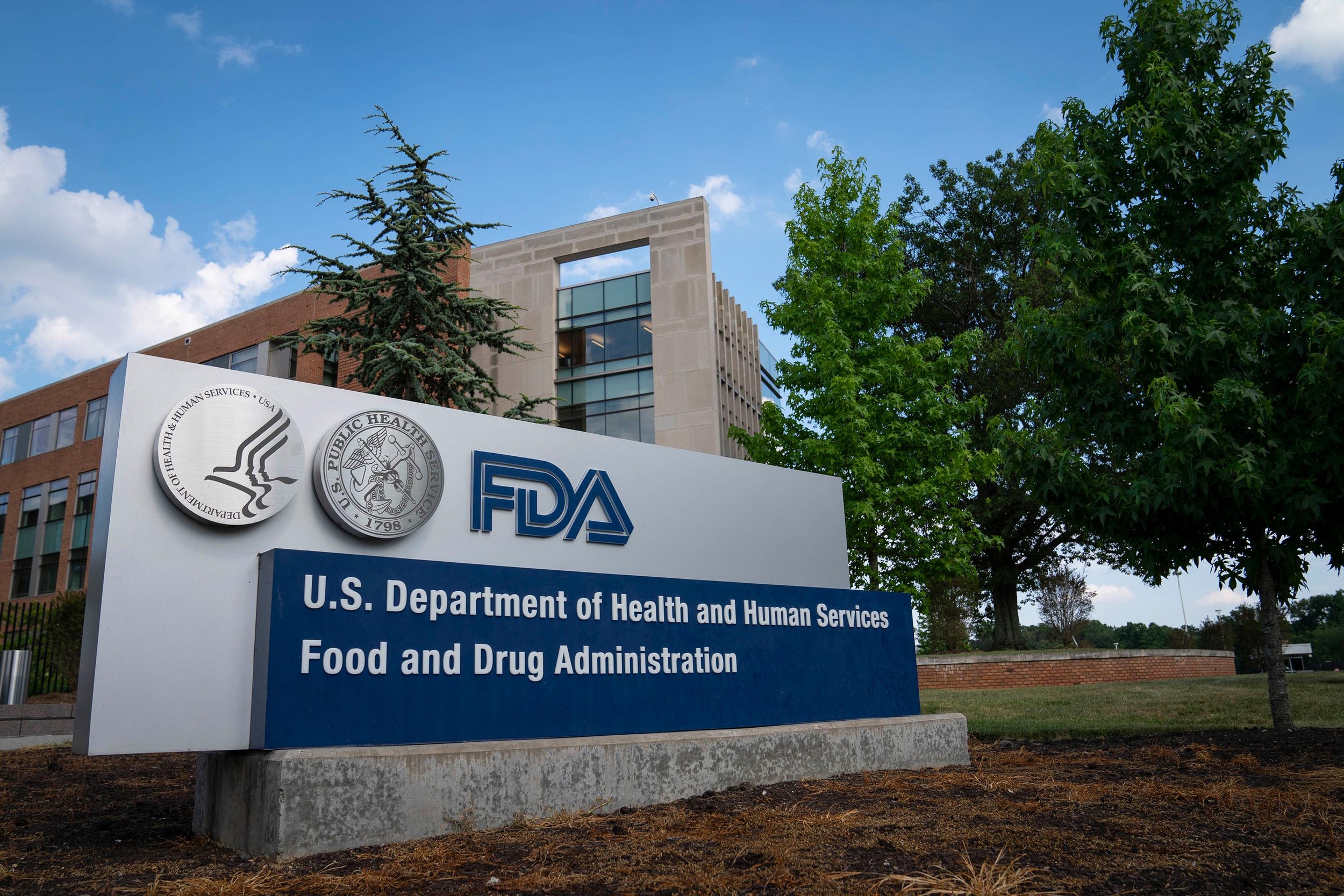
The Utility of an Intra-Agency NAM Office
By Breanne Kincaid | January 10th, 2025
“…the FDA’s NAM office represents a strategic evolution in integrating innovative methodologies into regulatory science. While it complements ICCVAM’s mission, its intra-agency focus and regulatory authority position it to drive faster, more context-specific advancements in risk assessment.“

Where Do New Approach Methodologies Belong in Toxicity Testing? Key Takeaways from ASCCT
By Breanne Kincaid | November 9, 2023
With over 350,000 discrete chemical compounds and mixtures in commerce globally – many of which have never been thoroughly assessed for their risk to human health – it is imperative that industries and regulators have access to fast, accurate, human-relevant toxicity testing methods…

The Shortage of Non-Human Primates Available for Research Opens a Door for Non-Animal Test Methods
By Sherman McFarland | September 14, 2023
Federal agencies and elected officials should not view the shortage of non-human primates (NHP) available for research as a problem that needs to be fixed by acquiring more NHPs. The real problem is what the NHP shortage allegedly does: impedes research…

Where Do MoCRA and HCA Fall in the Landscape of Animal Cosmetics Testing?
By Breanne Kincaid | August 31, 2023
From drug stores to department store cosmetic aisles, flashy labels highlighting that products are “cruelty free” or “not tested on animals” abound. It’s clear that consumer sentiment is driving substantial change in animal testing practices, and state and federal governments appear to be getting on board…

FDA Modernization Act 2.0 – An Important Step in the Right Direction, but Much Work Remains
By Rebecca Critser | August 9, 2023
In December 2022, Congress passed the FDA Modernization Act 2.0 and President Biden signed it into law as part of the Omnibus bill. This new law has implications for the future use of alternatives to animal models in science and research…